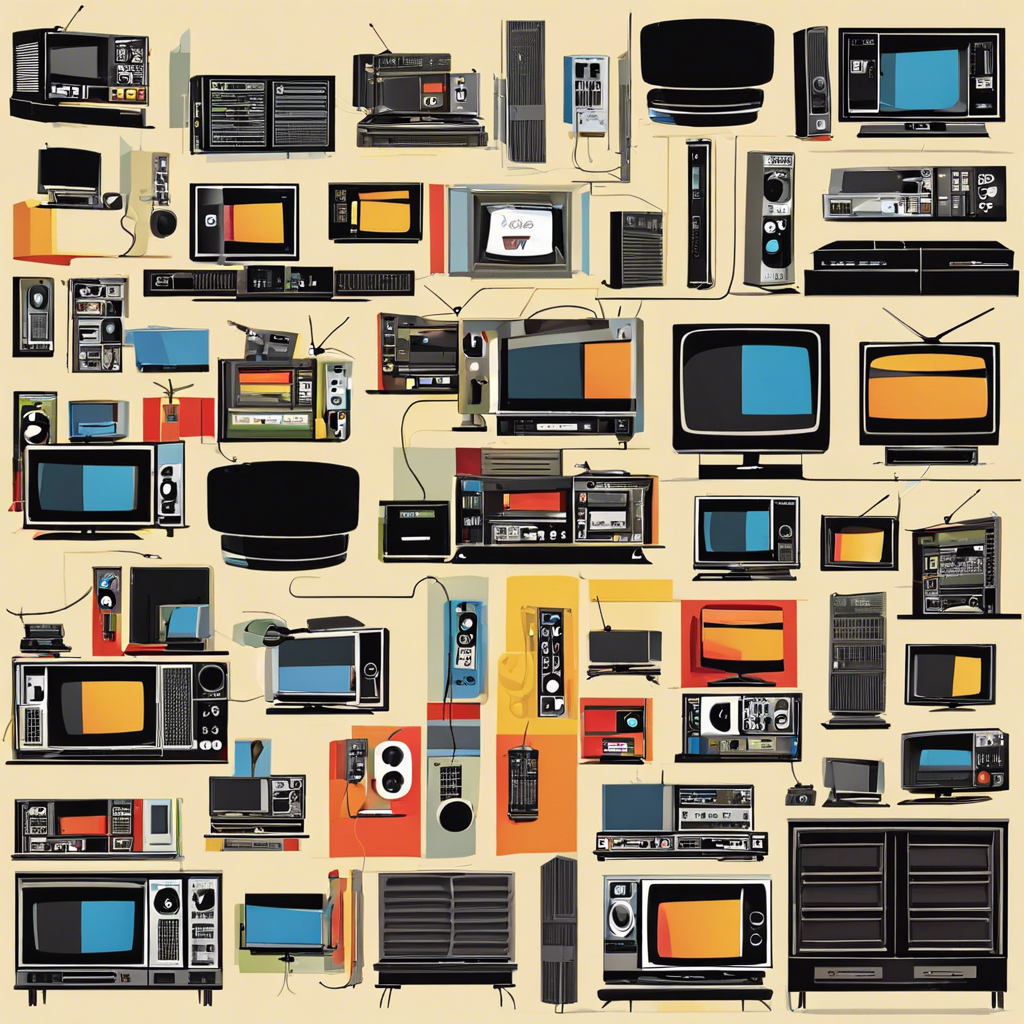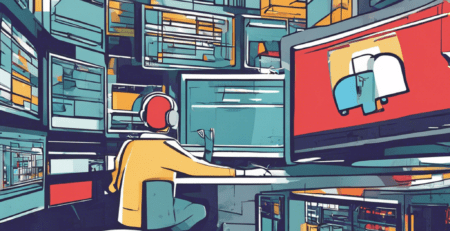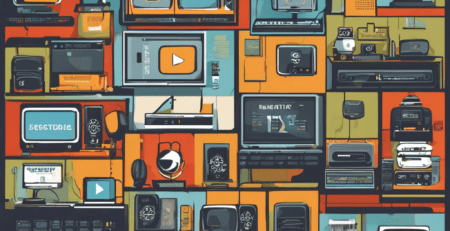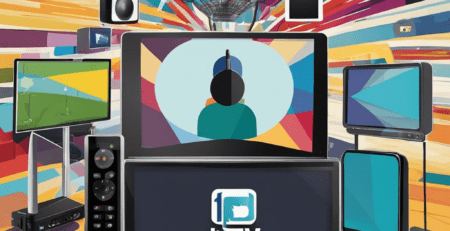Cutting the Cord: IPTV vs Traditional Cable TV – A Comprehensive Comparison
The television industry is undergoing a significant transformation as viewers increasingly seek alternatives to traditional cable TV. At the forefront of this shift are two primary options: IPTV (Internet Protocol Television) and conventional cable TV. So, which one should you choose? Let’s delve into a comprehensive comparison to help you decide.
IPTV has emerged as a popular alternative to traditional cable TV, offering a more personalized and flexible viewing experience. It utilizes internet protocol to deliver television content, encompassing live TV, video-on-demand, and time-shifted media. One of the key advantages of IPTV is its customization. Viewers can tailor their packages to suit specific preferences, selecting only the channels they desire. This a la carte model ensures that customers pay for what they want to watch, eliminating the need to subscribe to bulky channel bundles, which often include unwanted content. In contrast, traditional cable TV typically offers preset packages with limited flexibility, resulting in higher costs and unnecessary channels.
Cost is another significant factor in the IPTV vs. cable TV debate. IPTV services often provide more affordable options, with lower monthly fees and customizable plans. The absence of expensive infrastructure and equipment, such as satellite dishes and cables, contributes to these cost savings. IPTV leverages your existing internet connection and a compatible device, such as a smartphone, tablet, or set-top box, to deliver content, making it an economically attractive choice. On the other hand, traditional cable TV often entails steep installation and subscription fees, not to mention additional charges for premium channels or specialized equipment like DVR boxes.
Speaking of DVR, IPTV often includes advanced features that enhance the viewing experience. Many IPTV services provide integrated DVR capabilities, allowing viewers to record and store their favorite shows and movies effortlessly. Additionally, features like catch-up TV, which lets you watch previously aired content, and start-over TV, which enables you to restart a program from the beginning, add convenience and flexibility. IPTV also excels in delivering interactive and personalized content, such as targeted advertising and customized recommendations based on your viewing history.
Picture quality and reliability are essential considerations, and both IPTV and cable TV have their strengths in this regard. Traditional cable TV often boasts a stable and consistent signal, ensuring a smooth and uninterrupted viewing experience, especially in areas with reliable cable infrastructure. IPTV, on the other hand, delivers content via the internet, and picture quality can be influenced by internet speed and bandwidth availability. However, advancements in streaming technology and the widespread availability of high-speed internet have largely mitigated these concerns. Many IPTV providers offer HD and even 4K content, ensuring a visually stunning viewing experience.
The availability of content varies between IPTV and cable TV. Traditional cable TV typically provides access to a broad range of channels, including local networks and popular cable channels. However, the selection may be limited by your geographic location and the specific packages offered by your cable provider. IPTV, in contrast, often boasts a more extensive content library, with numerous niche and specialty channels that might not be available on cable. This is especially true for international and foreign-language channels, making IPTV a compelling choice for viewers seeking diverse and specialized content.












Leave a Reply
You must be logged in to post a comment.